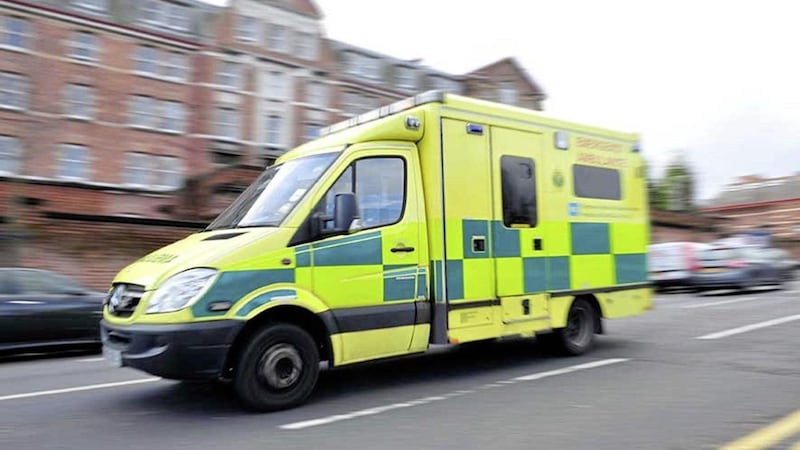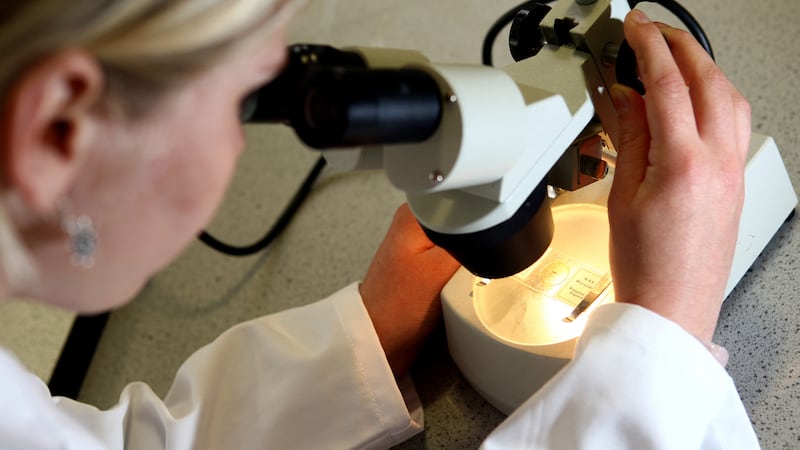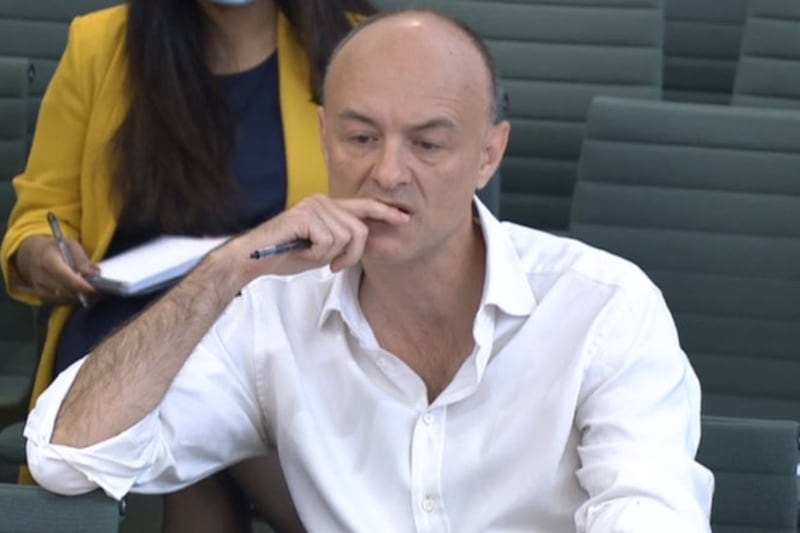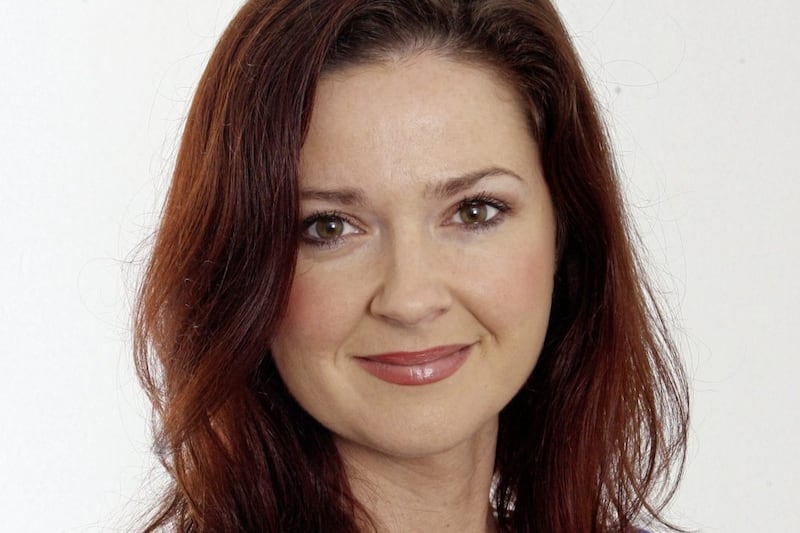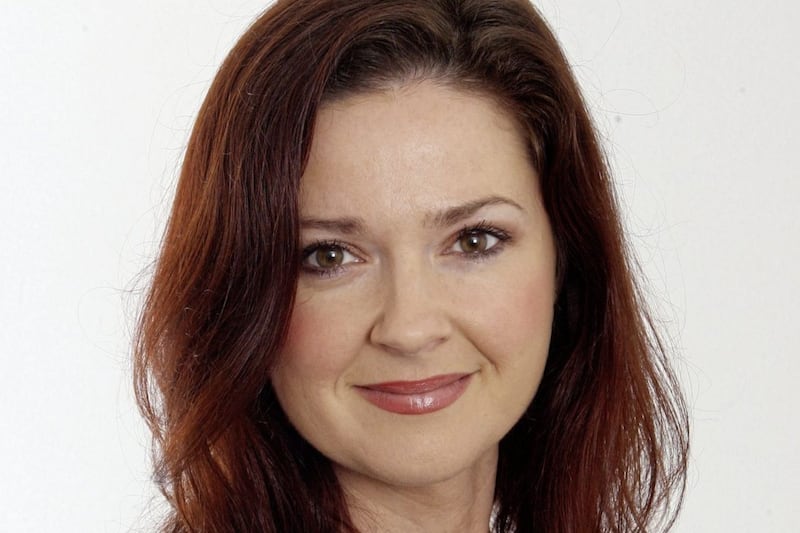CONCERNS about infection control measures in Northern Ireland hospitals reached fever pitch almost a decade ago when the worst ever superbug outbreak was linked to 31 deaths.
A £2 million public inquiry was held into the Clostridium Difficile outbreak and it emerged that the northern trust "fell short" in providing care standards that people had a "right to expect," according to former health minister Michael McGimpsey.
The watchdog has been scrupulous in its reviews of hospitals hygiene standards throughout the intervening period and standards have improved dramatically.
However, an alarming development has now emerged with the publication of the findings of the first ever regulator inspection into one of the north's busiest ambulance stations - and the impact on care.
For many seriously ill patients, a 999 vehicle is their first contact with the emergency services, and the vast majority assume they will be transferred to hospital in a sterile ambulance using sterile equipment.
Instead, inspectors discovered a catalogue of failings, from 'visibly dirty' stretchers and suction machines to equipment stored in a room with a leaking roof covered with a "visible layer" of dirt.
When the Irish News reported the draft findings last month, overstretched paramedics said they did not have the time to get 'stood down' for two hours a week to clean their vehicles and that management were aware of the crisis.
Ambulances chiefs say they accept the damning findings and that they have been hit by increasing demands on the service. Emergency measures have been carried out to address concerns.
As the health service struggles to meet £80 million in cuts over the next six months and winter pressures take hold, how can a haemorrhaging service ensure that paramedic crews will be able to cope with an inevitable increased workload and maintain adequate hygiene standards to protect not just patients, but themselves?
